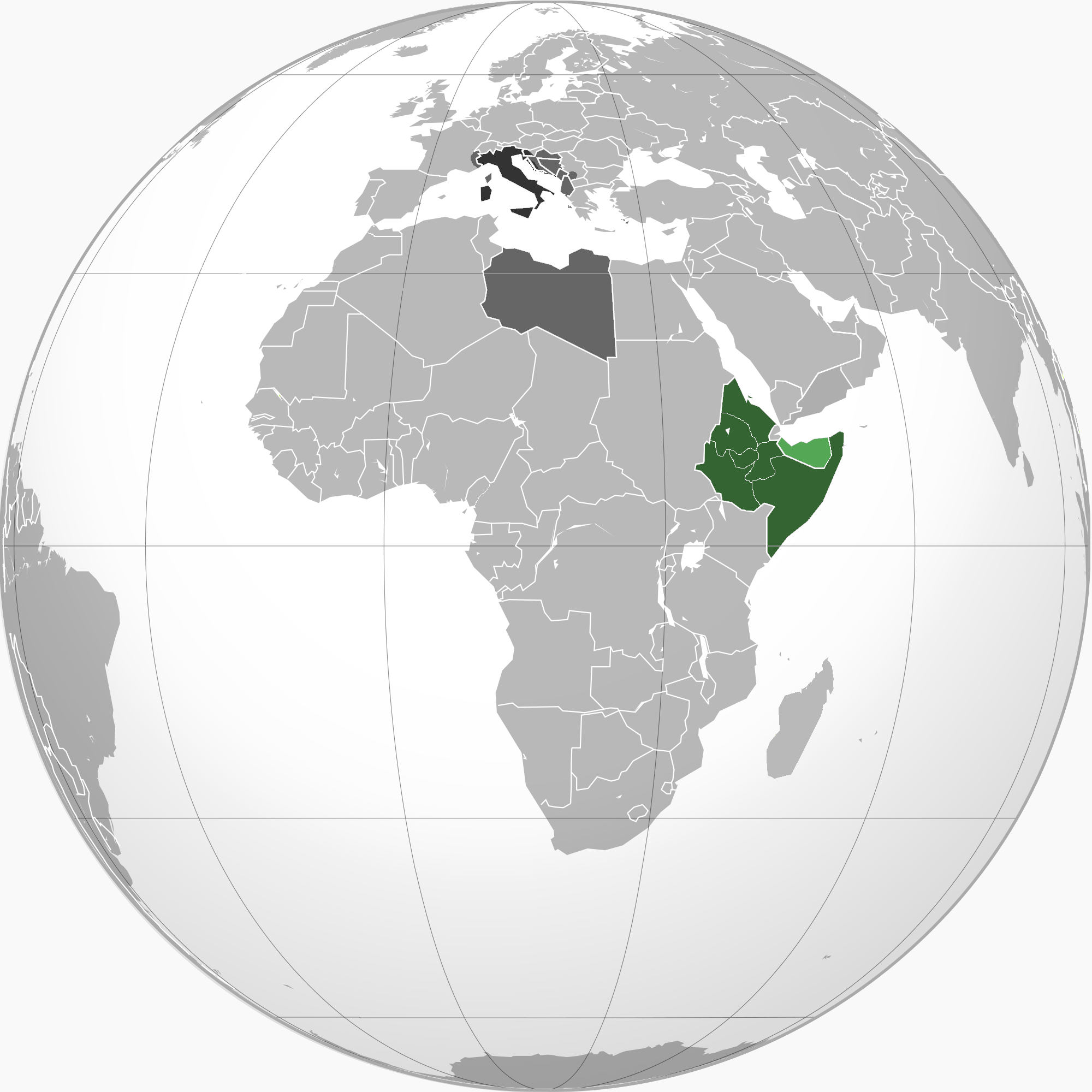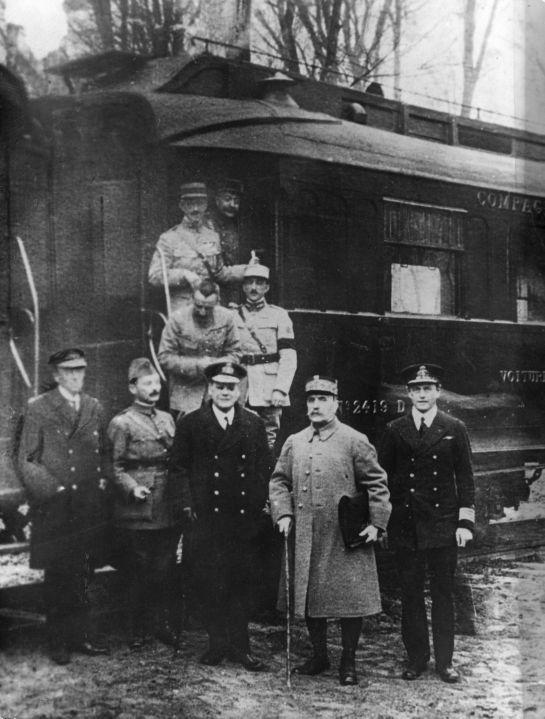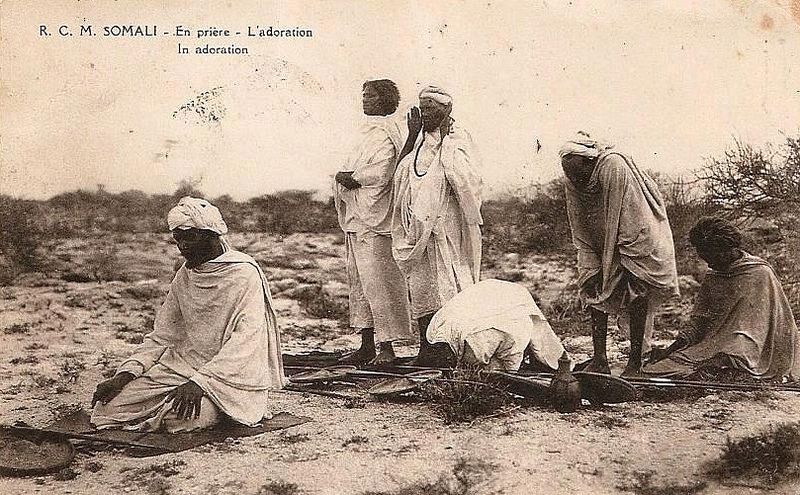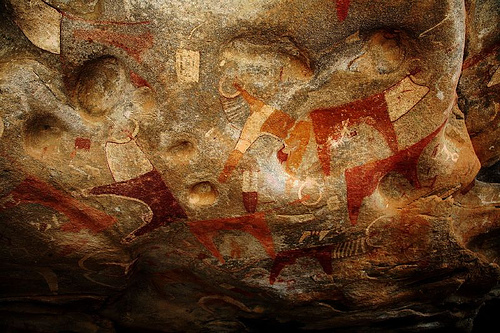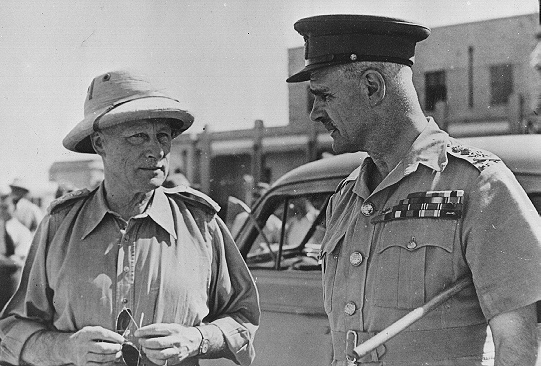|
Battle Of Tug Argan
The Battle of Tug Argan was fought between forces of the British Empire and the Kingdom of Italy from 11 to 15 August 1940 in the Somaliland Protectorate (British Somaliland, , now Somaliland). The battle determined the result of the Italian invasion of British Somaliland in the East African Campaign of the Second World War. Italian troops were advancing northwards on a north–south road toward the capital of Berbera through the Tug Argan gap (named after the dry river bed ''tug'' running across it) in the Assa hills, when they were confronted by a British garrison in fortified positions on hills across its breadth. Italian infantry, after four days of battle, overran the undermanned British positions and were able to seize the gap, compelling the defenders to withdraw to Berbera. The Italian victory made the position of British forces in Somaliland untenable and the British colonial authorities evacuated the garrison by sea. Italy was able quickly to secure the territory, a ... [...More Info...] [...Related Items...] OR: [Wikipedia] [Google] [Baidu] |
East African Campaign (World War II)
The East African campaign (also known as the Abyssinian campaign) was fought in East Africa during the Second World War by Allies of World War II, mainly from the British Empire, against Kingdom of Italy, Italy and its colony of Italian East Africa, between June 1940 and November 1941. The British Middle East Command with troops from the United Kingdom, Union of South Africa, South Africa, British Raj, British India, Uganda Protectorate, British Kenya, Kenya, British Somaliland, Somaliland, British West Africa, West Africa, Northern Rhodesia, Northern and Southern Rhodesia, Anglo-Egyptian Sudan, Sudan and Nyasaland participated in the campaign. These were joined by the Allied of Belgian Congo, Ethiopian Empire, Imperial Ethiopian Arbegnoch (resistance forces) and a small unit of Free French Forces. Italian East Africa was defended by the (Italian East African Armed Forces Command), with units from the (Royal Army), (Royal Air Force) and (Royal Navy). The Italian forces inclu ... [...More Info...] [...Related Items...] OR: [Wikipedia] [Google] [Baidu] |
Ethiopia
Ethiopia, officially the Federal Democratic Republic of Ethiopia, is a landlocked country located in the Horn of Africa region of East Africa. It shares borders with Eritrea to the north, Djibouti to the northeast, Somalia to the east, Kenya to the south, South Sudan to the west, and Sudan to the northwest. Ethiopia covers a land area of . , it has around 128 million inhabitants, making it the List of countries and dependencies by population, thirteenth-most populous country in the world, the List of African countries by population, second-most populous in Africa after Nigeria, and the most populous landlocked country on Earth. The national capital and largest city, Addis Ababa, lies several kilometres west of the East African Rift that splits the country into the African Plate, African and Somali Plate, Somali tectonic plates. Early modern human, Anatomically modern humans emerged from modern-day Ethiopia and set out for the Near East and elsewhere in the Middle Paleolithi ... [...More Info...] [...Related Items...] OR: [Wikipedia] [Google] [Baidu] |
Djibouti (city)
Djibouti (also called Djibouti City and Jibuti in early Western texts) is the capital city of the Djibouti, Republic of Djibouti. It is located in the coastal Djibouti Region on the Gulf of Tadjoura. Djibouti has a population of around 780,000 inhabitants, which counts for 73% of the country's population. The settlement was founded in 1888 by the French, on land leased from the ruling Somali and Afar Sultans. During the ensuing period, it served as the capital of French Somaliland and its successor the French Territory of the Afars and Issas. History There is evidence of human settlement on the eastern coastline of Djibouti dating back to the Bronze Age. From 1862 until 1894, the land to the north of the Gulf of Tadjoura was called ''Obock'' and was ruled by Issa clan, Issa and Afar people, Afar Sultans, local authorities with whom France signed various treaties between 1883 and 1887 to first gain a foothold in the region.Raph Uwechue, ''Africa year book and who's who'', (Afr ... [...More Info...] [...Related Items...] OR: [Wikipedia] [Google] [Baidu] |
Vichy France
Vichy France (; 10 July 1940 – 9 August 1944), officially the French State ('), was a French rump state headed by Marshal Philippe Pétain during World War II, established as a result of the French capitulation after the Battle of France, defeat against Germany. It was named after its seat of government, the city of Vichy. Officially independent, but with half of its Metropolitan France, territory occupied under the harsh terms of Armistice of 22 June 1940, the 1940 armistice with Nazi Germany, it adopted Collaboration with Nazi Germany and Fascist Italy, a policy of collaboration. Though Paris was nominally its capital, the government established itself in Vichy in the unoccupied "free zone" (). The German military administration in occupied France during World War II, occupation of France by Germany at first affected only the northern and western portions of the country. In November 1942, the Allies Operation Torch, occupied French North Africa, and in response the Germa ... [...More Info...] [...Related Items...] OR: [Wikipedia] [Google] [Baidu] |
Paul Legentilhomme
Paul Louis Legentilhomme (March 26, 1884 – May 23, 1975) was an officer in the French Army during World War I and World War II. After the fall of France in 1940, he joined the forces of the Free French. Legentilhomme was a recipient of the Order of the Liberation. History Legentilhomme was born on March 26, 1884, in Valognes, Manche. He was a cadet at the École Spéciale Militaire de Saint-Cyr 1905 to 1907 (promotion ''"la Dernière du vieux Bahut"''). He was promoted to sub-lieutenant in 1907 and to lieutenant in 1909. His unit took part in the battle of Neufchâteau in Belgium, on August 22, 1914, and he was captured by the Germans. He spent 1914 to 1918 in German captivity. In 1918 he was promoted to captain. He was promoted to major in 1924. From 1926 to 1928 he was chief of staff in Madagascar. He was promoted to lieutenant colonel in 1929. From 1929 to 1931 he was chief of staff, 3rd Colonial Division. In 1934 he was promoted to colonel. From 1937 to 1938 he was ... [...More Info...] [...Related Items...] OR: [Wikipedia] [Google] [Baidu] |
Compiègne Wagon
The Compiègne Wagon was the train carriage in which both the Armistice of 11 November 1918 and Armistice of 22 June 1940 were signed. Before the 1918 signing in the Forest of Compiègne, the wagon was the personal carriage of Ferdinand Foch and was later displayed in French museums. However, after Battle of France, the successful invasion of France, Adolf Hitler had the wagon moved back to the exact site of the 1918 signing for the 1940 signing due to its symbolic role. The wagon was later destroyed near the end of World War II, most likely by the SS. History The Compiègne Wagon was built in May 1914 in Saint-Denis, Seine-Saint-Denis, Saint-Denis as dining car No. 2419D. The wooden carriage with a steel frame was one among 22 roughly identical restaurant cars of the 2403–2424 series. A metal frame with tie rods for better rigidity was added with a varnished teak wood: a usual practice in the early 20th century. It was used throughout the World War I, First World War in t ... [...More Info...] [...Related Items...] OR: [Wikipedia] [Google] [Baidu] |
Burao
Burao, also spelt Bur'o or Bur'ao (; , , ), is the capital of the Togdheer region and the second largest city in Somaliland. Burao was the site of the Somaliland Declaration of Independence, declaration of an independent Somaliland on 18 May 1991. Etymology The word ''burco'' describes open, elevated land which has soft/rich soil, with the Burao area being considered fertile. History The city originated as a well named Ceel-Gooni in the late 18th century used by nomads from the surrounding area. The town subsequently grew around the well. Due to the availability of water along the dry valley, Burao developed into a small inland market hub that linked the port of Berbera with the hinterland and offered trading facilities for the region's nomadic population. The settlement was later on burned to the ground by British Somaliland, British forces in 1900, with the modern settlement being re-established in 1910. For much of the 19th century, Burao served as the capital of the Habr ... [...More Info...] [...Related Items...] OR: [Wikipedia] [Google] [Baidu] |
Hargeisa
Hargeisa ( ; ; ) is the capital and largest city of the Republic of Somaliland, a ''List of states with limited recognition, de facto'' sovereign state in the Horn of Africa, still considered internationally to be part of Somalia. It is also the regional capital of the Maroodi Jeex region of Somaliland. Hargeisa was founded as a watering and trading stop between the coast and the interior by the Isaaq Sultanate. Initially it served as a watering well for the vast livestock of the Isaaq clan that inhabited that specific region and later were joined by other Isaaq clans that currently inhabit Hargeisa. In 1960, the Somaliland Protectorate gained independence from the United Kingdom and as scheduled united days later with the Trust Territory of Somaliland (former Italian Somaliland) to form the Somali Republic on 1 July.Encyclopædia Britannica, ''The New Encyclopædia Britannica'', (Encyclopædia Britannica: 2002), p.835 Up to 90% of the city was destroyed during the Isaaq genoci ... [...More Info...] [...Related Items...] OR: [Wikipedia] [Google] [Baidu] |
King's African Rifles
The King's African Rifles (KAR) was a British Colonial Auxiliary Forces regiment raised from Britain's East African colonies in 1902. It primarily carried out internal security duties within these colonies along with military service elsewhere during the world wars and other conflicts, such as the Malayan Emergency and the Mau Mau uprising. The regiment's enlisted soldiers were drawn from the native Africans, while most officers were seconded from the British Army. During the 1960s, as part of the decolonisation of Africa, more African officers were commissioned into the regiment before it was gradually disbanded. KAR battalions would go on to form the core of newly established armed forces throughout East Africa. Uniforms Until independence, the parade uniform of the KAR comprised khaki drill, with tall fezzes and cummerbunds. The latter items were normally red, although there were some battalion distinctions with Nyasaland units, for example, wearing black fezzes. Prio ... [...More Info...] [...Related Items...] OR: [Wikipedia] [Google] [Baidu] |
Chiefs Of Staff Committee
The Chiefs of Staff Committee (CSC) is composed of the most senior military personnel in the British Armed Forces, who advise on operational military matters and the preparation and conduct of military operations. The committee consists of the Chief of the Defence Staff (United Kingdom), chief of the defence staff, who is the chairman and professional head of the armed forces, and the Vice-Chief of the Defence Staff (United Kingdom), vice-chief of the defence staff, who is the vice-chairman and deputy professional head of the armed forces. The committee also includes the heads of the three branches of the armed forces – the First Sea Lord, first sea lord and chief of the naval staff, the Chief of the General Staff (United Kingdom), chief of the general staff and the Chief of the Air Staff (United Kingdom), chief of the air staff. History The Chiefs of Staff Committee was initially established as a sub-committee of the Committee of Imperial Defence in 1923. It remained as such un ... [...More Info...] [...Related Items...] OR: [Wikipedia] [Google] [Baidu] |
Middle East Command
Middle East Command, later Middle East Land Forces, was a British Army Command established prior to the Second World War in Egypt. Its primary role was to command British land forces and co-ordinate with the relevant naval and air commands to defend British interests in the Middle East and eastern Mediterranean region. During the Second World War, Middle East Command supervised military operations in and around the Mediterranean basin and the Middle East. Following the defeat of the Axis forces in the Western Desert at the Battle of El Alamein and the landing of additional Anglo-American forces during Operation Torch, it transferred control of land forces to the newly created Allied Force Headquarters, Allied Forces Headquarters. Role of Middle East Command Middle East Command was established in Cairo,Playfair, p. 459 during June 1939, due to the rising tensions in Europe.Playfair, p. 32 Its purpose was to provide a centralised command structure in times of war for the thre ... [...More Info...] [...Related Items...] OR: [Wikipedia] [Google] [Baidu] |
Archibald Wavell, 1st Earl Wavell
Field Marshal Archibald Percival Wavell, 1st Earl Wavell, (5 May 1883 – 24 May 1950) was a senior officer of the British Army. He served in the Second Boer War, the Bazar Valley Campaign and the First World War, during which he was wounded in the Second Battle of Ypres. In the Second World War, he served initially as Commander-in-Chief Middle East, in which role he led British forces to victory over the Italian Army in Eritrea- Abyssinia, western Egypt and eastern Libya during Operation Compass in December 1940, only to be defeated by Erwin Rommel's Panzer Army Africa in the Western Desert in April 1941. He served as Commander-in-Chief, India, from July 1941 until June 1943 (apart from a brief tour as Commander of American-British-Dutch-Australian Command) and then served as Viceroy of India until his retirement in February 1947. Early life Born the son of Archibald Graham Wavell (who later became a major-general in the British Army and military commander of Johannesbu ... [...More Info...] [...Related Items...] OR: [Wikipedia] [Google] [Baidu] |
